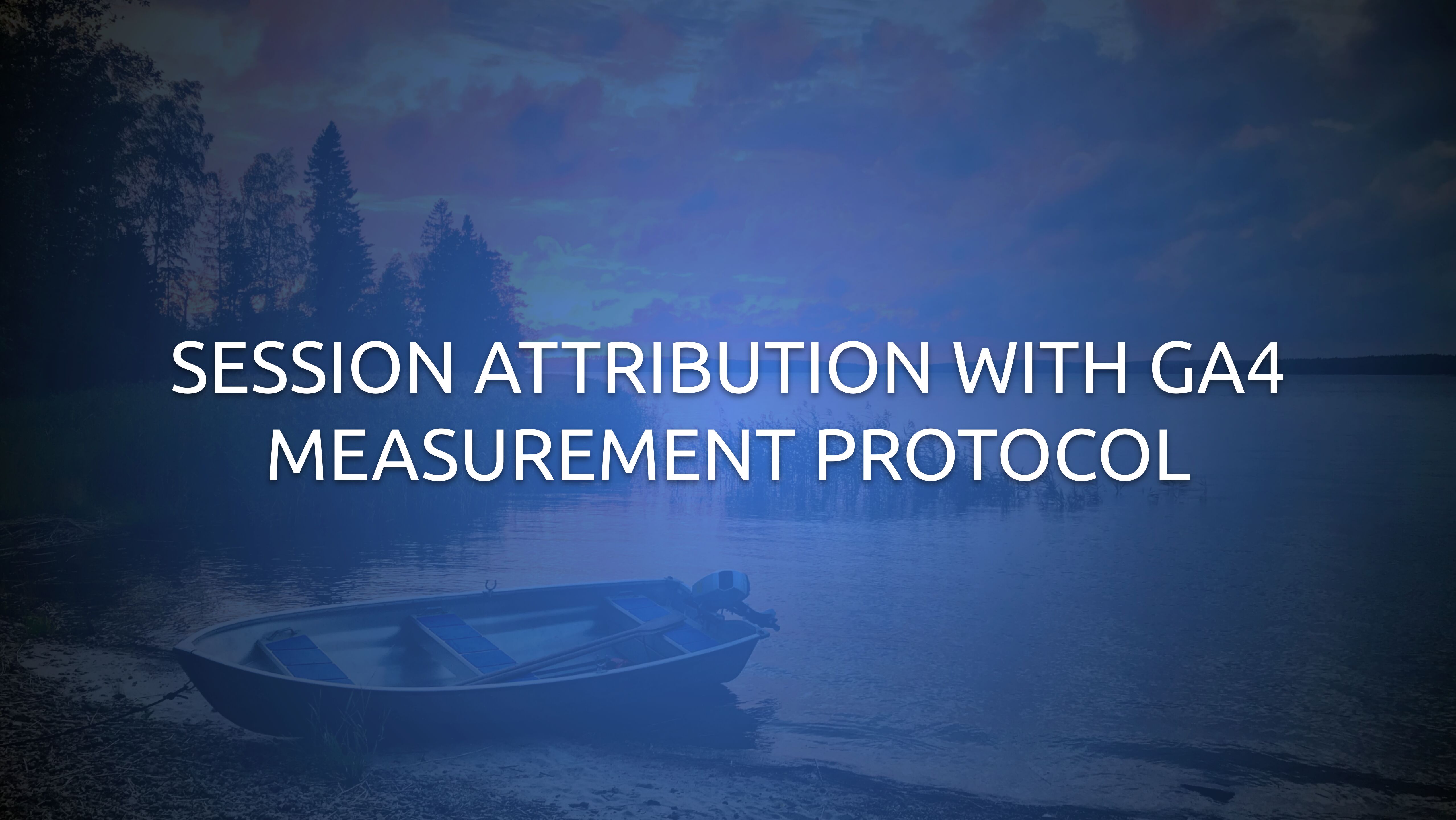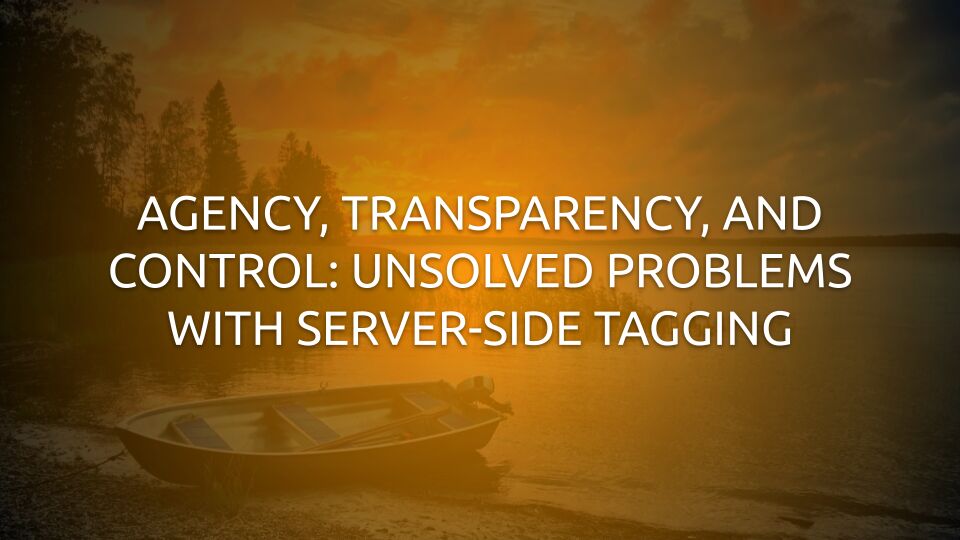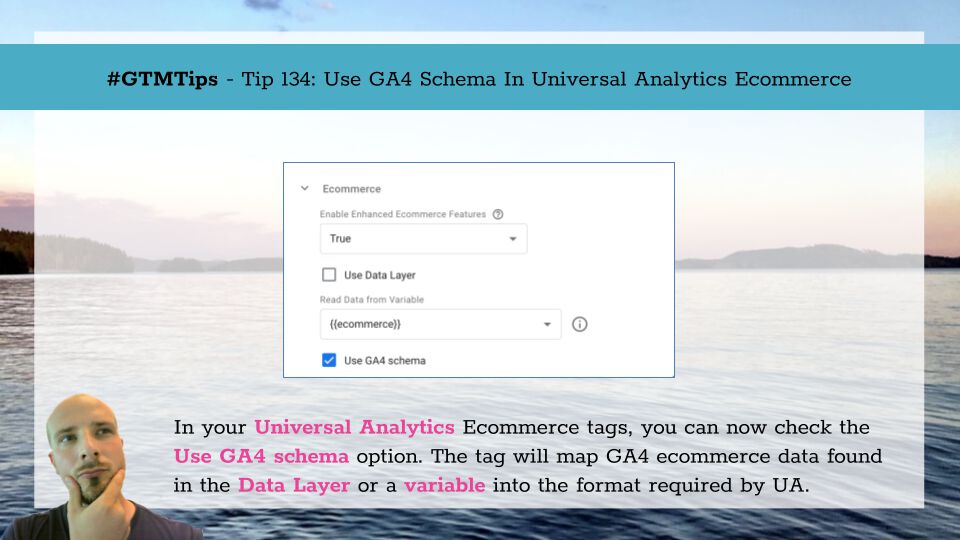While Measurement Protocol for GA4 is still rather, well, rough, it can be used to augment existing collection quite nicely. Recently, I wrote an article that discussed the nuances of session attribution with Measurement Protocol.
One of the pain points of any data ingestion setup is how to debug it.
Measurement Protocol hits are not automatically surfaced in GA4’s DebugView.
In this article, I’ll show you how to make those hits pop up in the debug stream.







